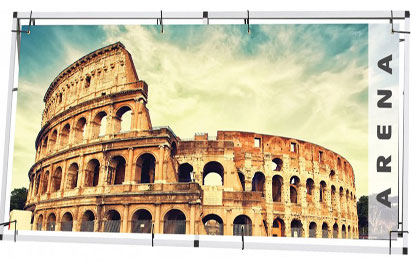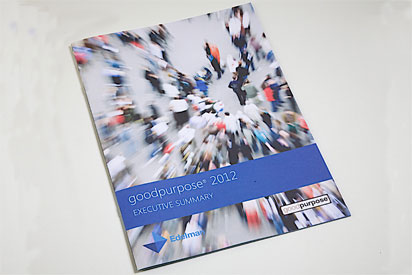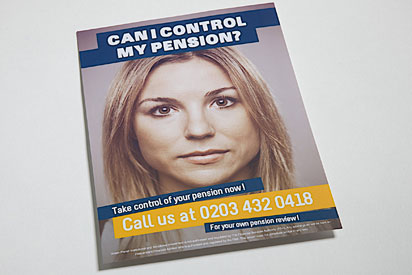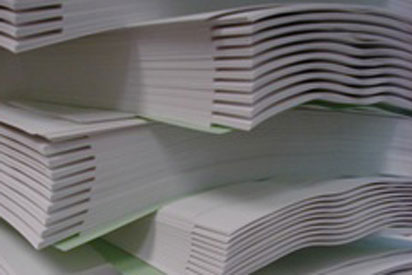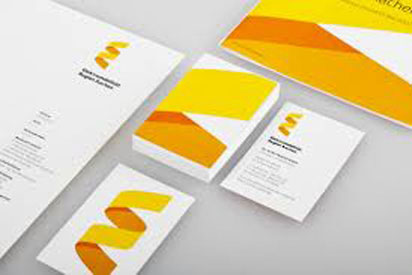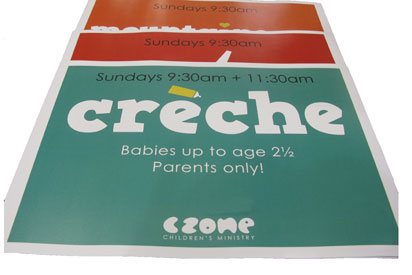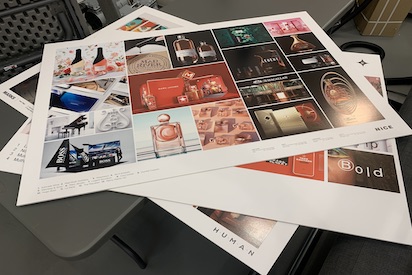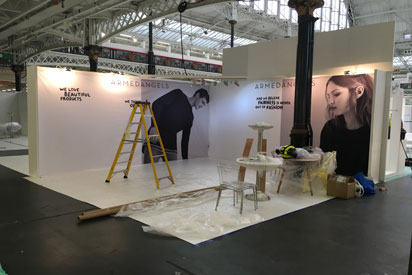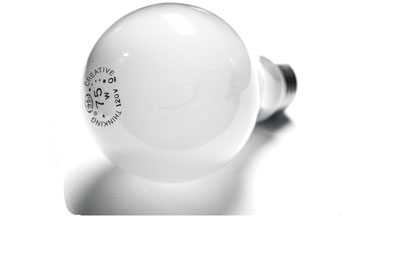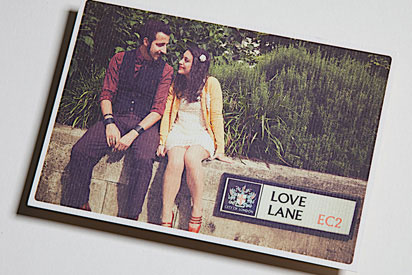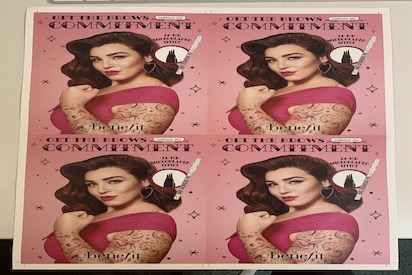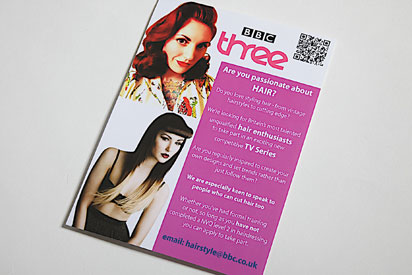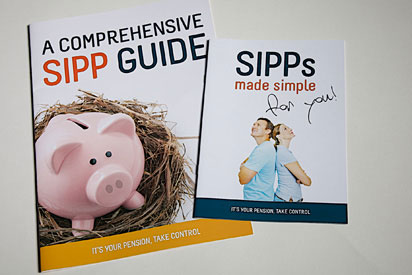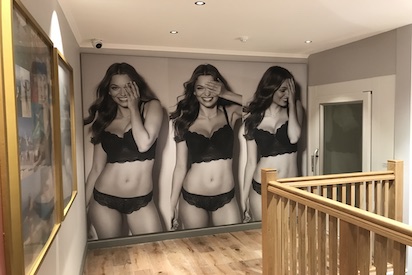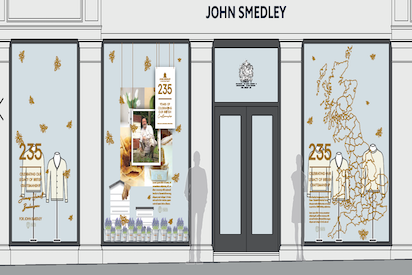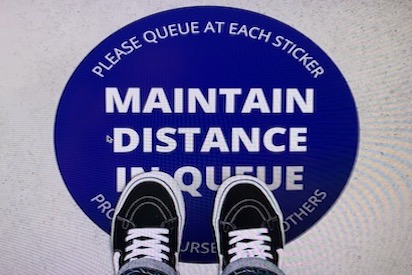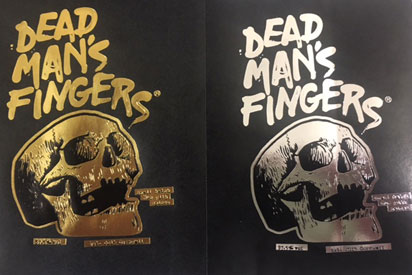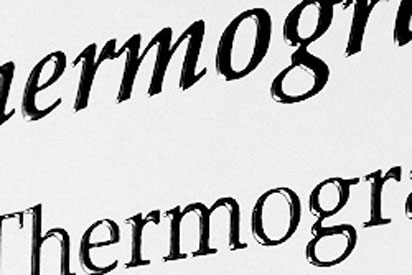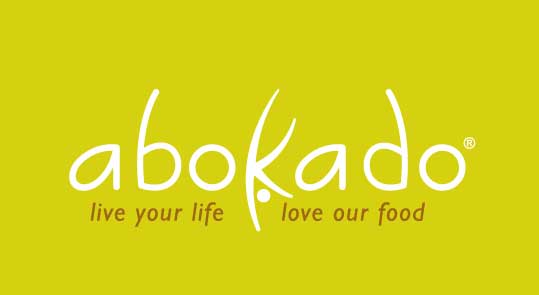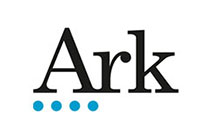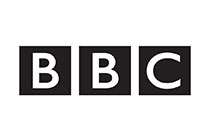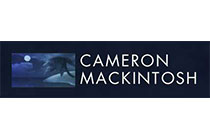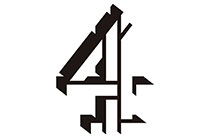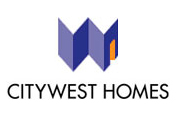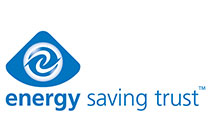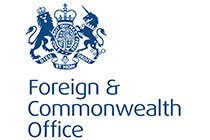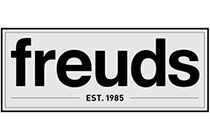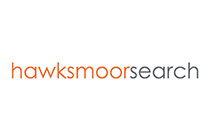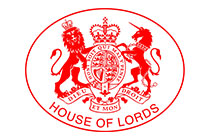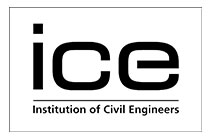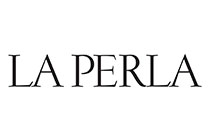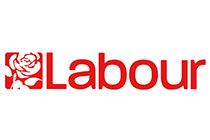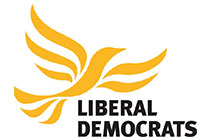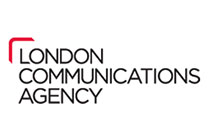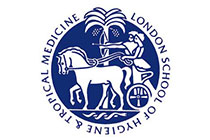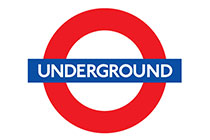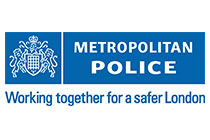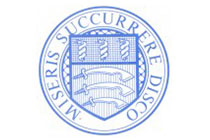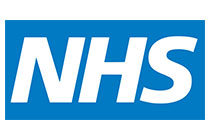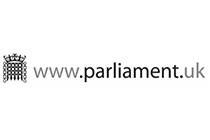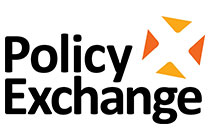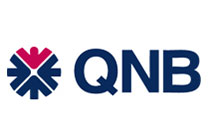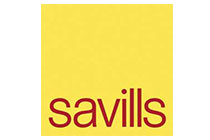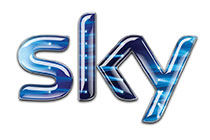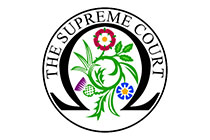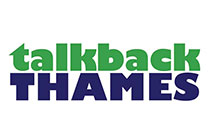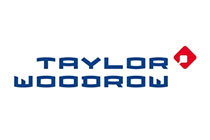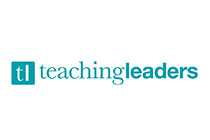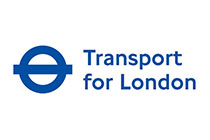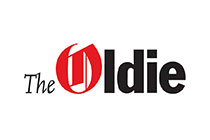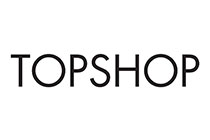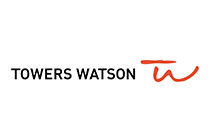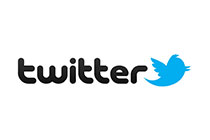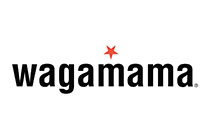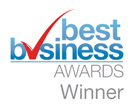Types of Document Binding
Saddle stitching, perfect book binding, and the most popular wire binding – which of these binding options is right for your documents, in fact what do they each mean?
They have all evolved out of the craft of bookbinding, which originated in India in the first century BC. Originally Buddhist monks copied religious texts onto palm leaves which were numbered and bound together with twine and wooden boards.
For further advice on choosing a method that suits your documents, get in touch and we’ll be pleased to help.
Wire Binding
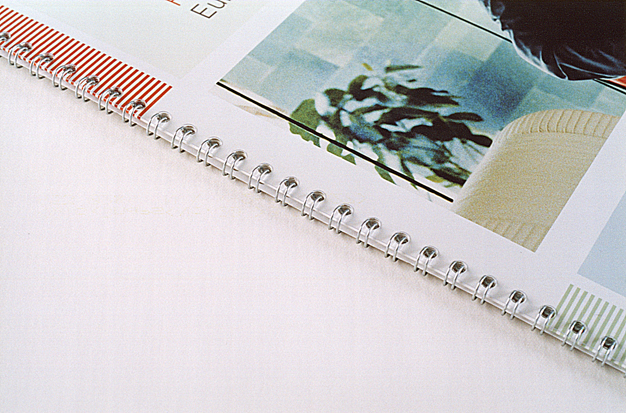 Wire binding is a popular option for documents that need to lay completely flat when opened, such as an instruction manual. It uses a C-shaped wire spine which holds punched sheets of paper together by looping through punched holes in the paper. It also allows for complete rotation of the pages around the spine.
Wire binding is a popular option for documents that need to lay completely flat when opened, such as an instruction manual. It uses a C-shaped wire spine which holds punched sheets of paper together by looping through punched holes in the paper. It also allows for complete rotation of the pages around the spine.
This method looks modern and high tech and has durability as it’s main advantage. The finished book is easy to read and lies flat when open.
Perfect Book Binding
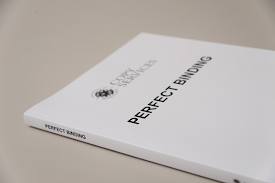
Perfect binding is the method now most associated with books. It involves using an adhesive to attach a paper cover to the spine of assembled printed sheets. This method is commonly used for paperback books but is also appropriate for other big documents requiring a professional finish.
Almost all of the paperbacks in the average bookshop are perfect bound. They have a square, printed spine and the cover is usually made from paper or cardstock that is heavier than the interior pages.
Saddle Stitching
For smaller documents, saddle stitch binding may be more appropriate. It is useful for creating booklet-sized publications such as newsletters and calendars. Sheets of paper are folded so that the fold forms the spine and then staples are placed in the fold to hold the sheets together.
The document sheets are normally folded and bound with staples along it’s folded edge. This method is very popular with newsletters and brochures. This can be a very cost effective option on 300+ books due to First Colour’s on line booklet maker which produces 2500 books per hour.
Remember to add an extra 15mm approx to the margin on your document to make room for the binding.
First Colour have invested in a 'square back booklet maker' meaning the spine on your booklet will be flat and square just like a perfect book bind. In fact this option is much cheaper and stronger than a book bind making it the perfect choice for a professional looking and robust document - see below pics.
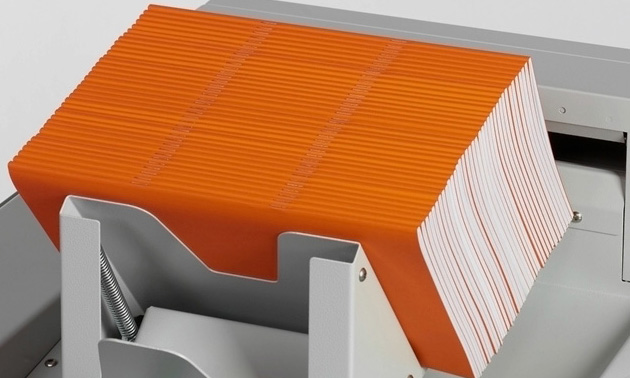
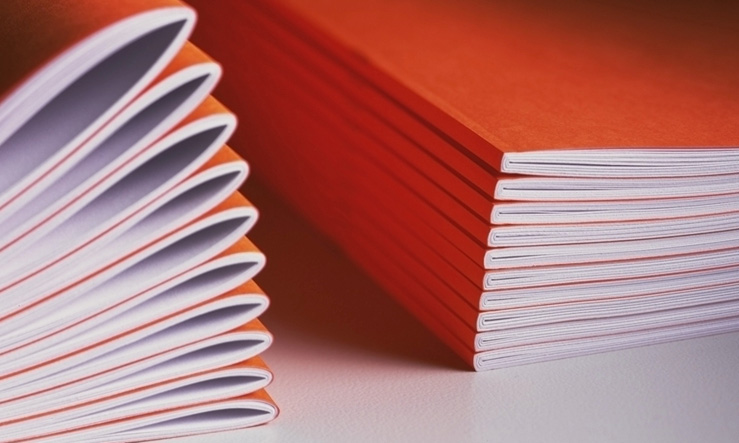
For further advice on choosing a method that suits your documents, do get in touch and we’ll be pleased to help.

